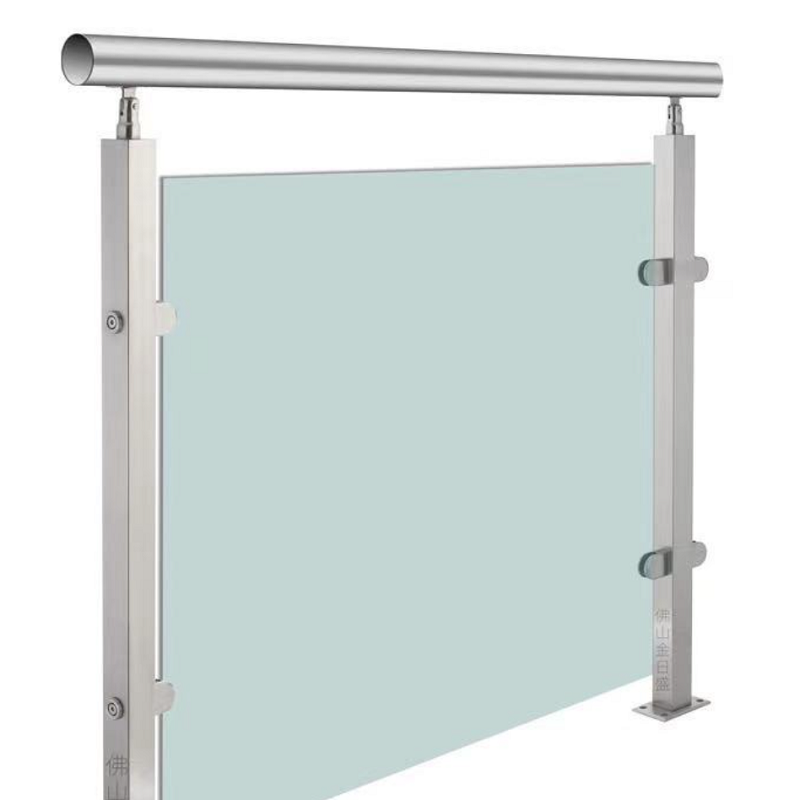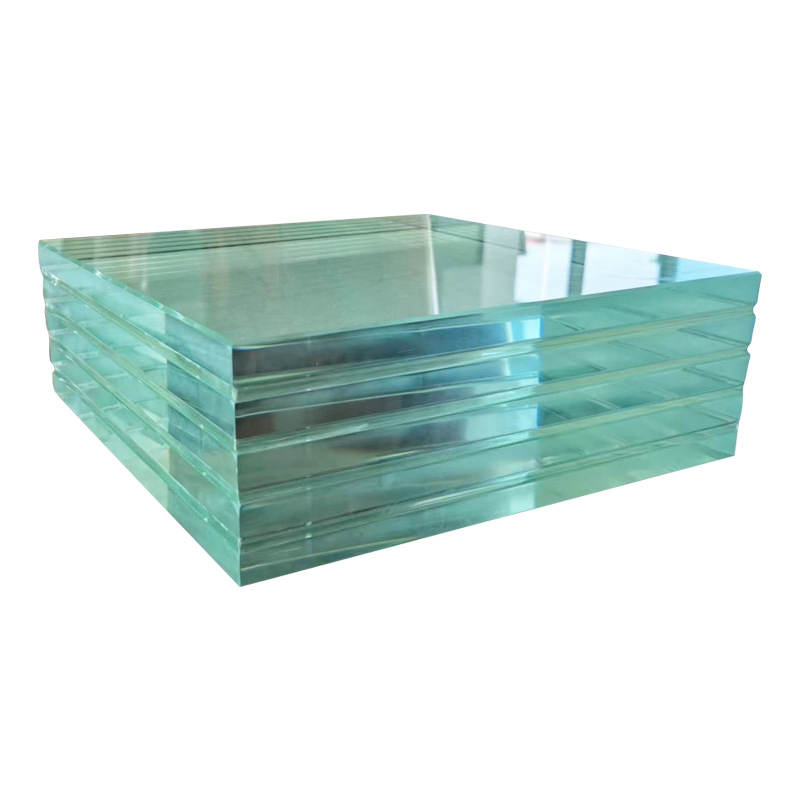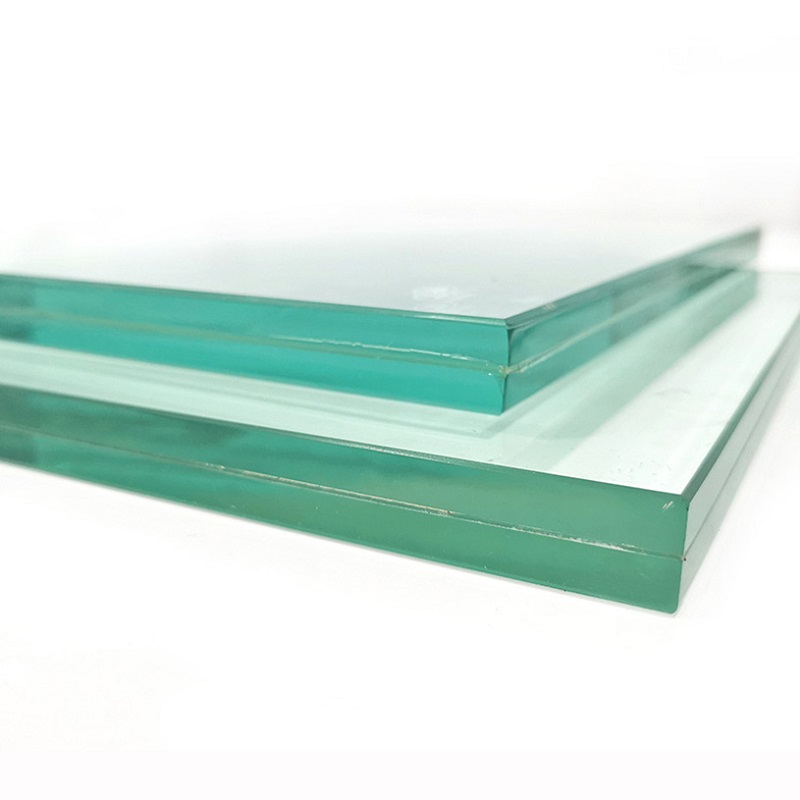Emergence of Digital Printing in Design
Traditional methods of glass decoration, such as etching and sandblasting, have been superseded by the flexibility and
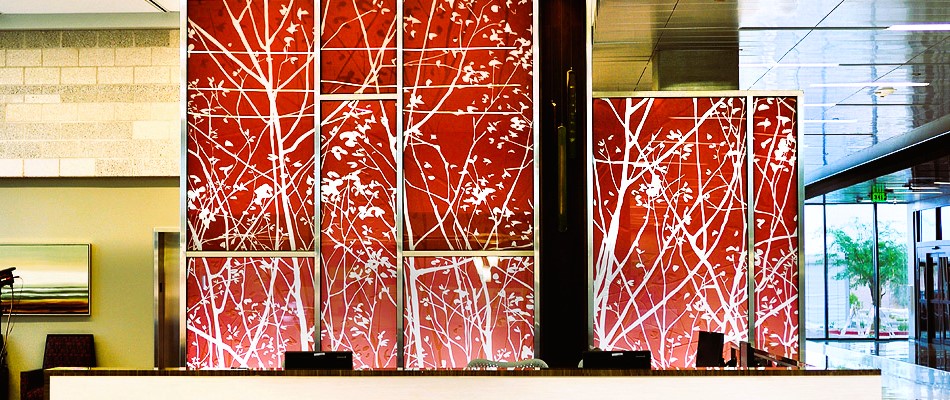
The Age of Personalization
The customization capabilities of digital printing are particularly noteworthy. Designers can now bring complex visions to life, whether it's through unique artwork, replication of natural textures, or incorporation of corporate branding. The technology facilitates on-demand printing and is well-suited for small-batch production, catering to individual tastes and specific project requirements.
Diverse Uses in Interiors
The range of applications for digital printing in interior design is vast:
Architectural Glass: Digital printing technology has transformed architectural glass into a canvas for creative expression, allowing for the design of custom decorative glass panels, partitions, and feature walls that serve as focal points in residential, commercial, and hospitality environments.
Backsplashes and Wall Cladding: Glass backsplashes and wall cladding can now feature sophisticated patterns and motifs, enhancing the visual appeal of kitchens, bathrooms, and living spaces.
Furniture: Glass surfaces in furniture and fixtures can be adorned with artistic designs or branding elements, turning functional pieces into artistic statements.
Retail: Retail environments can benefit from the impact of digital printing on glass, with the ability to showcase product imagery, branding messages, or promotional graphics that boost brand visibility and engage customers.
Hospitality: The use of digitally printed glass in feature walls, room dividers, and bar counters helps create immersive and memorable experiences for guests in hotels, restaurants, and entertainment venues.
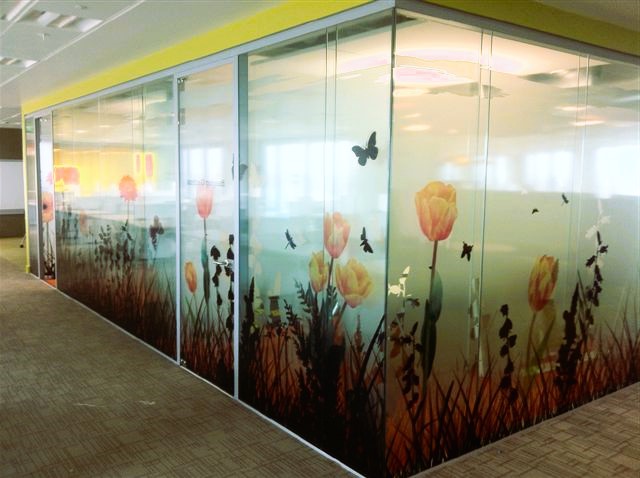
Regulatory Framework
As the technology of digital printing, including UV Printing glass, continues to evolve, it is essential to follow industry standards and regulations set by organizations like ASTM and ISO. These guidelines ensure product quality, safety, and adherence to environmental sustainability. Regulatory bodies like Health Canada and the EPA oversee the use of inks and chemicals to maintain compliance with health and safety standards.
The advancements in digital printing, especially in Digital Printing glass, present a wealth of opportunities for designers to push the boundaries of creativity in interior design. Staying informed about the latest trends, standards, and innovations allows the design community to offer exceptional and inspiring design experiences.


